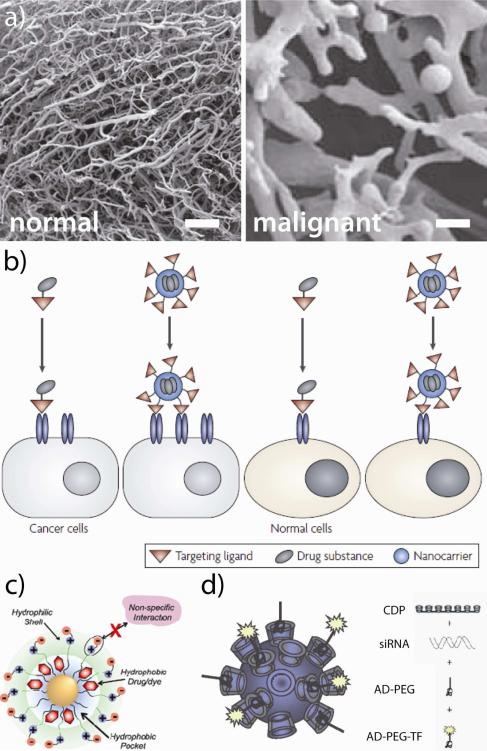Figure 6. Properties of nanoscale technologies that can be leveraged to enhance the diagnosis and treatment of solid tumors.
(a) The EPR effect: Polymer cast replicas of blood vessels in normal (left) and malignant tissues (right) illustrate why high molecular weight compounds (i.e. nanoparticles) can preferentially accumulate at tumor sites supplied by disordered vasculatures. (b) Multivalent avidity: unlike monovalent ligands, nanoscale constructs can simultaneously bind multiple adjacent receptors to augment uptake/selectivity. (c-d) Enhanced stability: 70% of new active pharmaceutical ingredients fail in development because of poor solubility;46 nanoscale carriers can enhance the circulatory half lives, biodistribution, and intracellular penetration of water-insoluble chemotherapeutics and proteins/nucleic acids (e.g. siRNA) which are susceptible to enzymatic degradation and subject to poor intracellular penetration rates. Scale bars represent 100 μm. Adapted with permission from (a) Ref. 41, (b) Ref. 47, (c) 44, and (d) Ref. 45. Copyright (a) 2009 Macmillan Publishers Ltd: British Journal of Cancer, (c) 2008 Macmillan Publishers Ltd: Nature Reviews Drug Discovery, (c) 2009 American Chemical Society, and (d) 2010 National Academy of Sciences.

